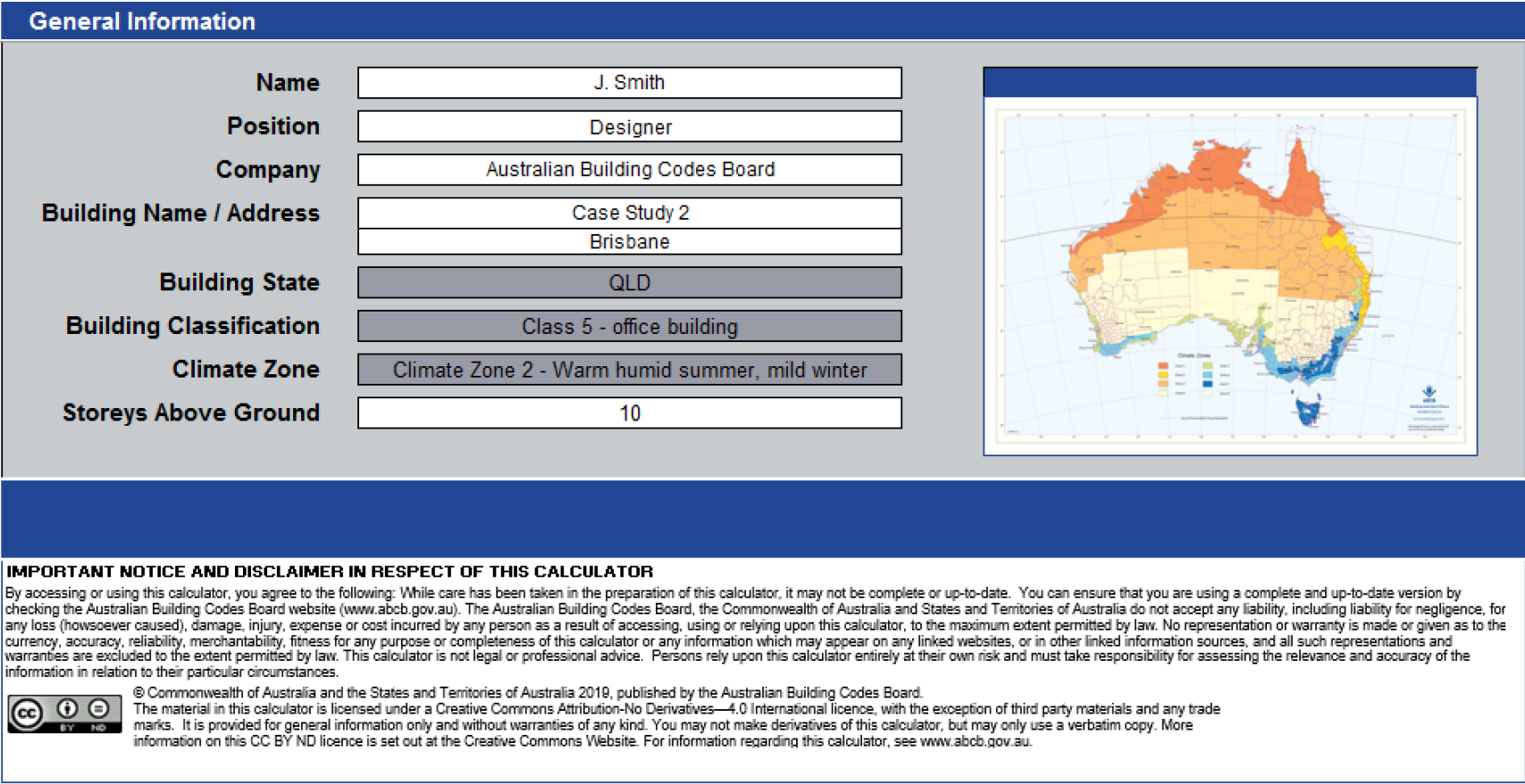Stay ahead in the construction industry by understanding the latest updates to the National Construction Code and how they impact Livable Housing Design standards.
3 min read
National Construction Code Updates: What You Need to Know
By Jamie Bonnefin on May 12, 2025 2:49:21 PM
Topics: NCC
2 min read
What you need to know about the National Construction Code Calculator
By Deniro Stocks on Oct 31, 2019 1:00:00 PM
The National Construction Code (NCC) 2019 has brought in a raft of changes including a facade calculator which will assist in providing compliance for wall and glazing provisions. This will make the process for JV3 reports amongst other certifications to continue to reduce the carbon footprint for future building plans.
Topics: NCC Sustainability Accreditations JV3 Climate Commercial
6 min read
2019 Proposed NCC building fabric changes + how they affect you
By Chloe Huang on Nov 19, 2018 2:07:31 PM
The 2019 National Construction Code (NCC) is now imminent and if it seems like it’s been a while since the last major release, it has been a long but welcome 3 years since the Australian Building Codes Board shifted to triennial updates.
The proposed changes include a complete rewrite to the way the building fabric is assessed under Section J (Energy Efficiency). The Australian Building Codes Board (ABCB) committee working on this update claim to have “rewritten Section J in its entirety" [1] which is powerfully showcased through the 30% average increase to the energy efficiency stringency requirements.
So what does this mean to you, as a builder or an architect? How is this going to affect your project and does this mean an increased financial strain on your budget to comply with these new energy efficiency targets? In short it depends what climate zone you are building and to what extent how much renewable energy mix is within your local energy supply. The below table indicates the expected construction cost reduction or increased to comply with the new NCC based on your climate zone refer map below.
[1]Dr Paul Bannister – Reviewer for Energy Efficiency in Commercial Buildings DTS Modelling Report 2018 by Energy Action
Topics: Energy NCC ESD Section J Certification Update NCC Changes NABERS
1 min read
Energy Efficiency Industry: History
By Ilvy Bonnefin on Apr 28, 2016 12:34:47 PM
Due to concerns regarding global warning, the Australian Government in July 2000, announced that the State and Territory governments along with industry had reached agreement in regards to adopting a “two pronged” approach to reducing the overall greenhouse emissions from buildings. This was first introduced through the implementation of mandatory minimum energy performance requirements through the Building Code of Australia (BCA). Secondly was the encouragement of voluntary best practice initiatives within the industry. These initiatives were widely supported, with the reasoning that the building related matters be consolidated in the BCA wherever possible.







